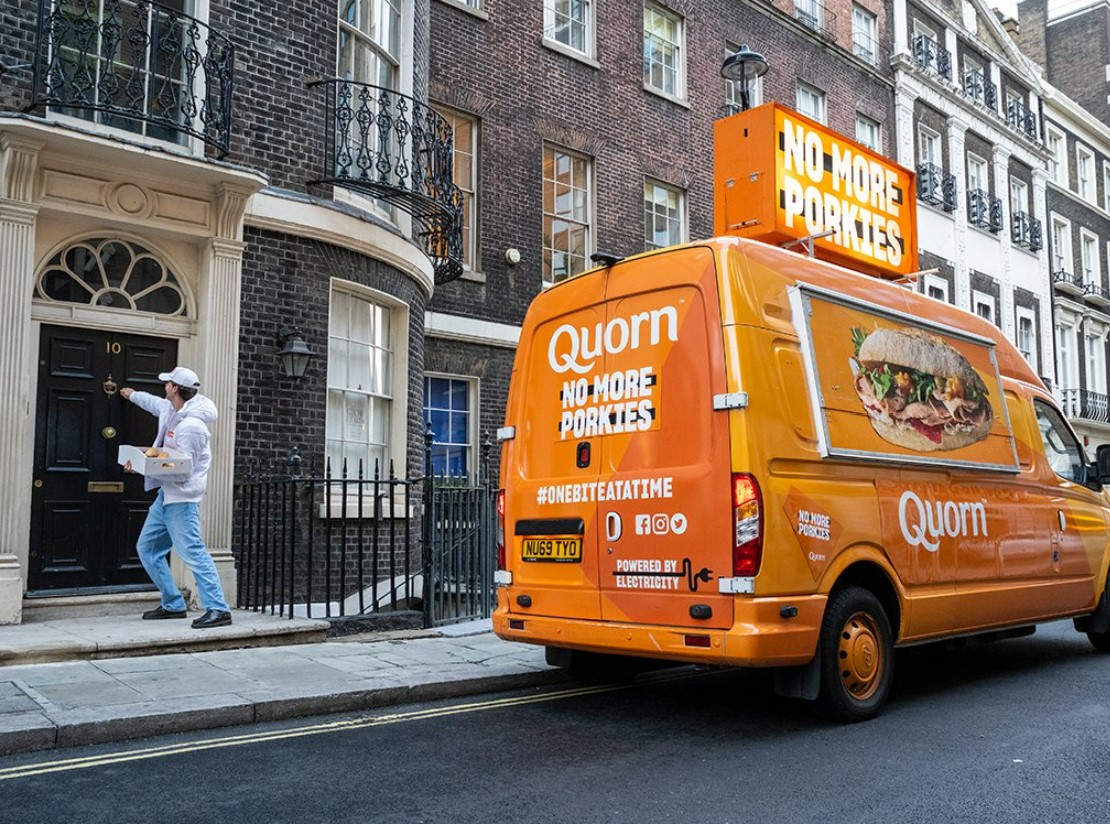
In the 1950s, television was one of the biggest influences in American culture. During the decade, advertisements were a popular way to promote products and encourage purchases. They were also an integral part in daily life. The ads of the decade were a reflection American society.
Advertisers were keen to get their products noticed. In the 1950s, advertisements were often longer than they are today, and portrayed everyday people purchasing and using products. Some of the most memorable 1950s TV ads included Speedy Alka-Seltzer, Gillette, Ajax Cleanser, Ribena, and Lucky Strike.
Advertisers put a lot of effort into establishing their brands in the minds and hearts of the public. They were often catchy and animated in their ads. Popular were also Jingles. Sponsors often wouldn't let competitors be in a scene.
Lucky Strike's "Be Happy, Go Lucky!" ad was, by far, the most viewed ad of the decade. The character of a beetle was unique, and viewers felt it. The commercial featured Betty White as the star.

Tobacco, alcohol, cigarettes and tobacco were the top-selling products on TV during this decade. According to a tobacco journal report, tobacco was a potential market for women. These ads were meant to convince smokers that smoking is cool.
During the decade, TV ads also pushed women to keep their houses clean and support their husbands. TV advertisements were usually longer than those in print and could often be seen late at night or on Sunday.
The advertising depicted women as mothers and focused on their children. Advertising was based upon the belief that prosperity was a certainty after World War II. But by the 1960s, Americans began to demand products that were more personal and expressed individuality.
Advertising reflected the ideal family in the 1950s. These advertisements often depicted wives as sweet and sweethearts. Wives were expected and expected to maintain their homes and make dinners. They were also encouraged to spend on frivolous things.
A few actors were prominent in TV commercials during the 1950s. John Cameron Swayze played the role of a news anchorman. He also tested Timex watches with outboard engines, jackhammers and water skis. He also smoked sponsor's cigarettes. This was required for approval of the commercial.

Advertisers were encouraged a to create a unique image for products. During this decade, advertisers hired TV cowboys to pitch their youth-oriented products. Other notable 1950s advertisements include the PG Tips ad, featuring chimps and Peter Sellers.
Television became more common and advertisements became a popular form of entertainment. To meet this demand, there were increasing numbers of television stations. By the mid-1950s, over 3.1 million American homes were equipped with televisions. Advertisers had to keep their commercials under 30 seconds due to the high cost of televisions.
Another well-known commercial was the first TV ad for color television. The Volkswagen advertisement. The color of the advertisement was for Volkswagen. This trend was also adopted by several other companies.
FAQ
What do you need to know about print advertising?
Print advertising is a great medium to communicate with customers. Many companies use it to promote products and services. The goal is to get the consumer's attention.
Print ads are typically one page long and include text, images, logos and other graphics. Print ads can also contain sound, animation, videos, and hyperlinks.
Here are the main types and classifications of print advertising:
1. Brochures - Large format printed brochures are used to draw people in to stores. They often have colorful pictures and eye-catching designs.
2. Catalogues- These are smaller versions and variants of brochures. These are often sent to customers who have asked for information on particular items.
3. Flyers – These are tiny pieces of paper distributed at events like concerts or fairs. They can be given at retail outlets but must be paid for.
4. Flyers are also available in posters. They can be displayed on fences, walls, or buildings. They are usually created using computer software programs designed to catch passersby's attention.
5. Direct mail – These are direct mail letters and postcards sent to potential customers. These are sent to customers periodically by businesses to remind them about their business.
6. Newspaper Ads are placed in newspapers and magazines. These ads are often quite long and include both text and images.
What is an ad-campaign?
Advertising campaign refers to a series of advertisements intended to promote a product. This could also include the entire production of these ads.
The term "ad" comes from the Latin word for "to sell." Marcus Terentius Varro (116–27 BC), the first known user of the term "ad" used it to mean "to make sales."
Large companies or agencies usually do advertising campaigns. Advertising campaigns can involve many media types, such as television, radio, print, and the internet.
Advertising campaigns are typically long-lasting and have clear goals. One example is that some campaigns seek to create awareness while others are more focused on increasing sales.
How can I select my target audience?
Begin by talking to yourself and people close to you. Do you not know where to start? Ask yourself "Whom do I want to reach?"
Ask yourself these questions: Who are the most influential people in my industry? What problems do they deal with daily? What are their top talents? They hang out online.
Go back to the beginning when you started your business. What was your motivation for starting? What was your problem and how did it solve?
These questions will enable you to identify your ideal client. They will also reveal their personality and reasons for buying from them.
You can also look at your competitors' websites and social media pages to find clues about whom they cater to.
Once you have identified the target customers, it is time to decide what channel(s) you want to use to reach them. If your company offers services to real estate agents you might make a website that targets home buyers.
You could create a blog if you offer software to small business owners.
If you sell clothing, you could create a Facebook page for teens. You could also set up a Twitter account if your restaurant is a business owner to help parents find kid-friendly restaurants.
The important thing is that you have many options for getting your message across.
Is there a way for me to get free traffic?
Free traffic refers to traffic which comes directly from organic search results. This traffic is known as natural or organic traffic. There are many methods to obtain free traffic such as article marketing or social media marketing.
Article Marketing is one way to get free traffic. Paying ads can be more costly than CPC. Article marketing is also referred to as content marketing.
Social Media Marketing – Social media platforms like Facebook, Twitter and LinkedIn let you promote your business via advertising. These platforms are great for sharing updates, sharing photos, and building relationships with potential clients. Many businesses choose to pay for ad space on social media websites because they want to reach a wider audience at a lower price.
Blogging – Another way to generate traffic for free is to blog. If you create quality content that people love to read, visitors will find you. You can sell products and services once you have attracted visitors to your blog.
Email Marketing – Email marketing has been around ever since the dawn of the Internet. However, it remains one of your best methods to drive traffic to you website. It is a great way to increase your subscriber base and sell products.
How much does advertising on social media cost?
Social media advertising is expensive if you choose to take this route. Based on the time spent on each platform, you will be charged monthly.
Facebook - $0.10 per 1000 impressions
Twitter - $0.20 per 1,000 impressions (if you tweet)
Linkedin - $0.30 per 1,000 impressions if you send out invitations
Instagram - $0.50 per 1,000 impressions.
Snapchat – $0.60 per 1,000 impressions ($0.40 for each user)
YouTube - $0.25 Per 1,000 Views
Tumblr – $0.15 per 1000 impressions for text postings
Pinterest - $0.05 per 1,000 impressions per month
Google + $0.15-$0.20 for 1,000,000 impressions
Tumblr $0.15- $0.20 for 100,000 impressions
Vimeo - $0.20 to $0.25 per 10,000 impressions
Soundcloud – $0.20-$0.25 for 1 million plays
StumbleUpon - $0.20 -$0.25 per 1 billion pageviews
Digg - $0.20 to $0.25 per 1000 diggs
Reddit $0.20-$0.25/1000 comments
Wordpress – $0.20--$0.25 Per 500 Comments
Flickr - $0.20 -- $0.25 per 5,000 photo uploads
What is radio advertising?
It is important that you understand the differences between media. The most important thing to remember is that all forms of media are complementary rather than competitive.
Radio is best utilized as an extension to TV advertising. It complements TV by reinforcing key messages and providing additional information.
Radio listeners are often not able to handle long TV commercials. Radio ads are generally shorter and less expensive.
What is advertising's basic purpose?
Advertising isn’t about selling products.
Advertising is communicating ideas and values. Advertising is about changing minds and attitudes. And it's about building relationships.
It's all a matter of making people feel good.
But if you don't know what your customers want, you can't sell anything to them.
So before you start any advertising project, you should first understand your customer's needs and wants, and buying habits.
You can then design ads that resonate with them.
Statistics
- Nonetheless, advertising spending as a share of GDP was slightly lower – about 2.4 percent. (en.wikipedia.org)
- Worldwide spending on advertising in 2015 amounted to an estimated US$529.43 billion. (en.wikipedia.org)
- In 1919 it was 2.5 percent of gross domestic product (GDP) in the US, and it averaged 2.2 percent of GDP between then and at least 2007, though it may have declined dramatically since the Great Recession. (en.wikipedia.org)
- This means that at least 50% of an ad needs to be shown on the screen for at least one second. (quicksprout.com)
External Links
How To
How to show ads on a website
Ads are essential for any business. They reach potential customers, and keep them coming back.
Ads also let you promote your products and services without spending money directly on advertising.
Google Adsense can be used to display image and text advertisements on your website, blog, forum, or any other online content.
Google Adsense gives you the opportunity to make revenue from every click on any ad link displayed on your site. Your ads can be set up without the need for any programming.
To get started, just sign up for a free account at www.google.com/adsense. Next, follow these steps.
-
Use the Ad Builder tool to create your ads. The tool lets you create different ads, including text, images, video, and interactive ads.
-
After creating your ads, you need to upload them in your AdSense account. To upload your ads, click "Upload" on the left-hand navigation.
-
Next, add keywords to describe your product or service to make sure your ads appear on search results that are relevant to your niche.
-
Copy and paste the ads in the appropriate places on your website. After you do this, your ads will automatically be uploaded to your website.
-
If visitors click on one your ads, they will be taken to another page where they may purchase your products or services.
-
Every time someone clicks one of your AdSense ads, you earn earnings.
-
Click the My Account tab to see reports that detail the performance.
-
You can also download your earnings in a CSV file.
-
If you want to increase your earnings, you can make changes to your ads or change your target audience.
-
You can also pause and delete your ads at any moment.
-
Contact us if you have any questions.